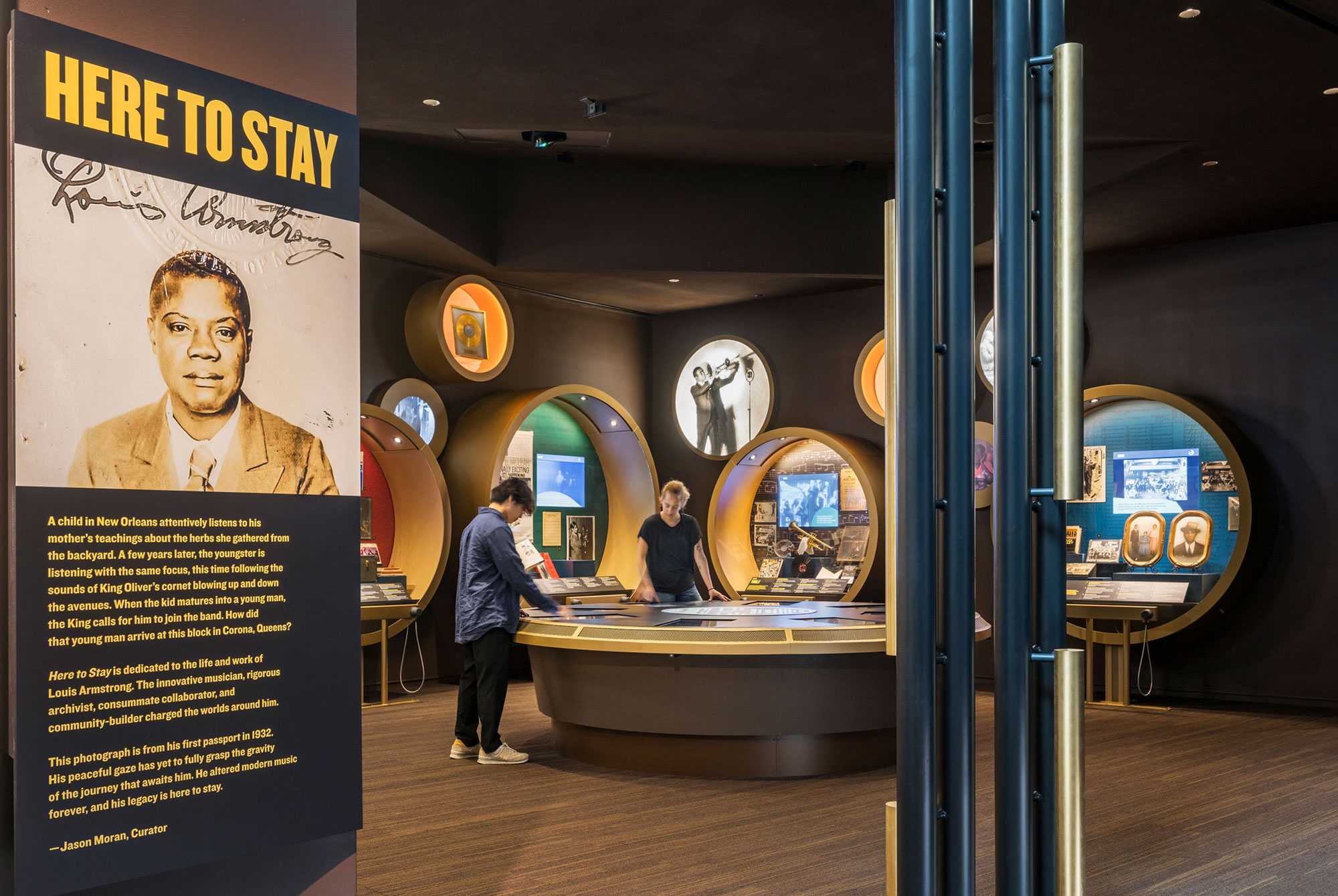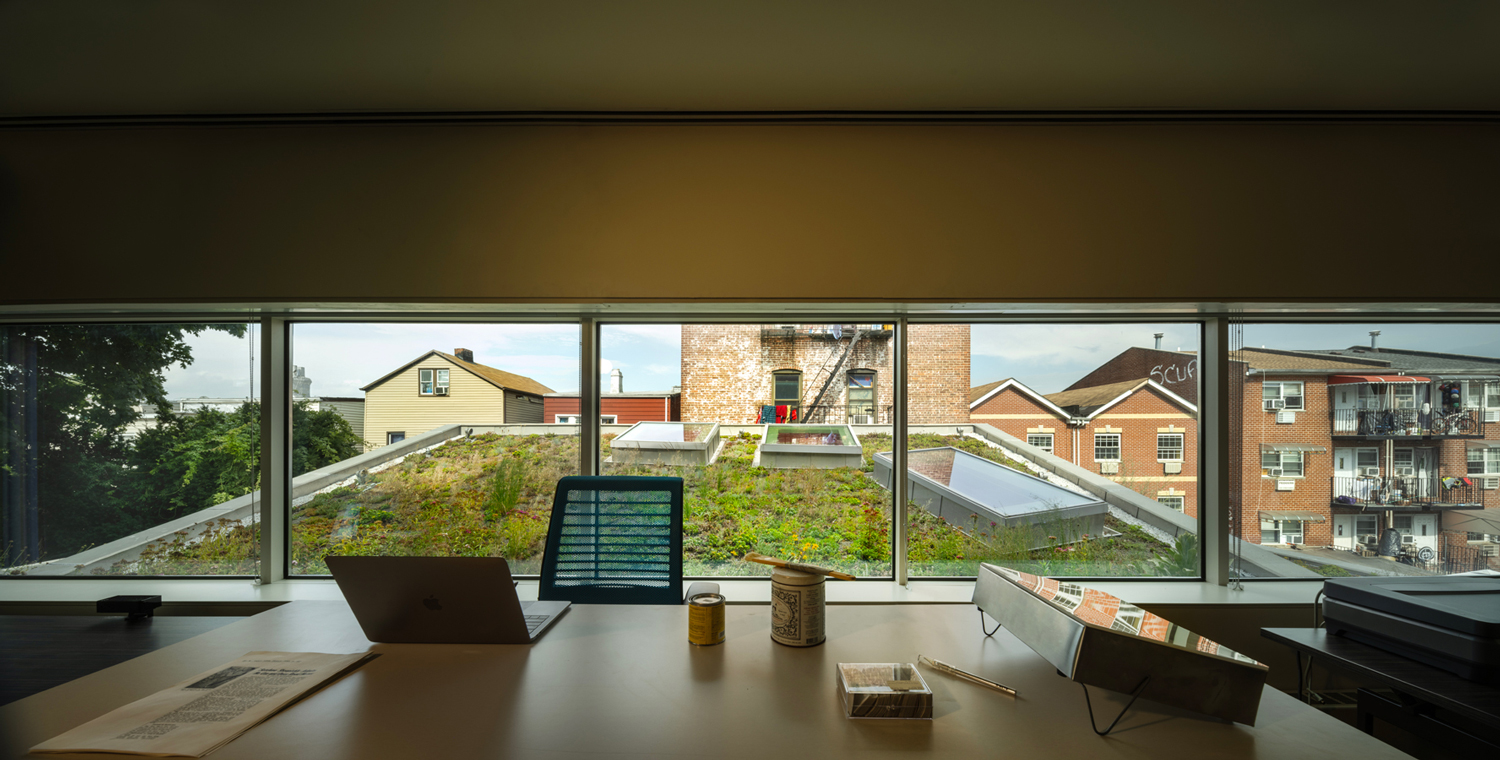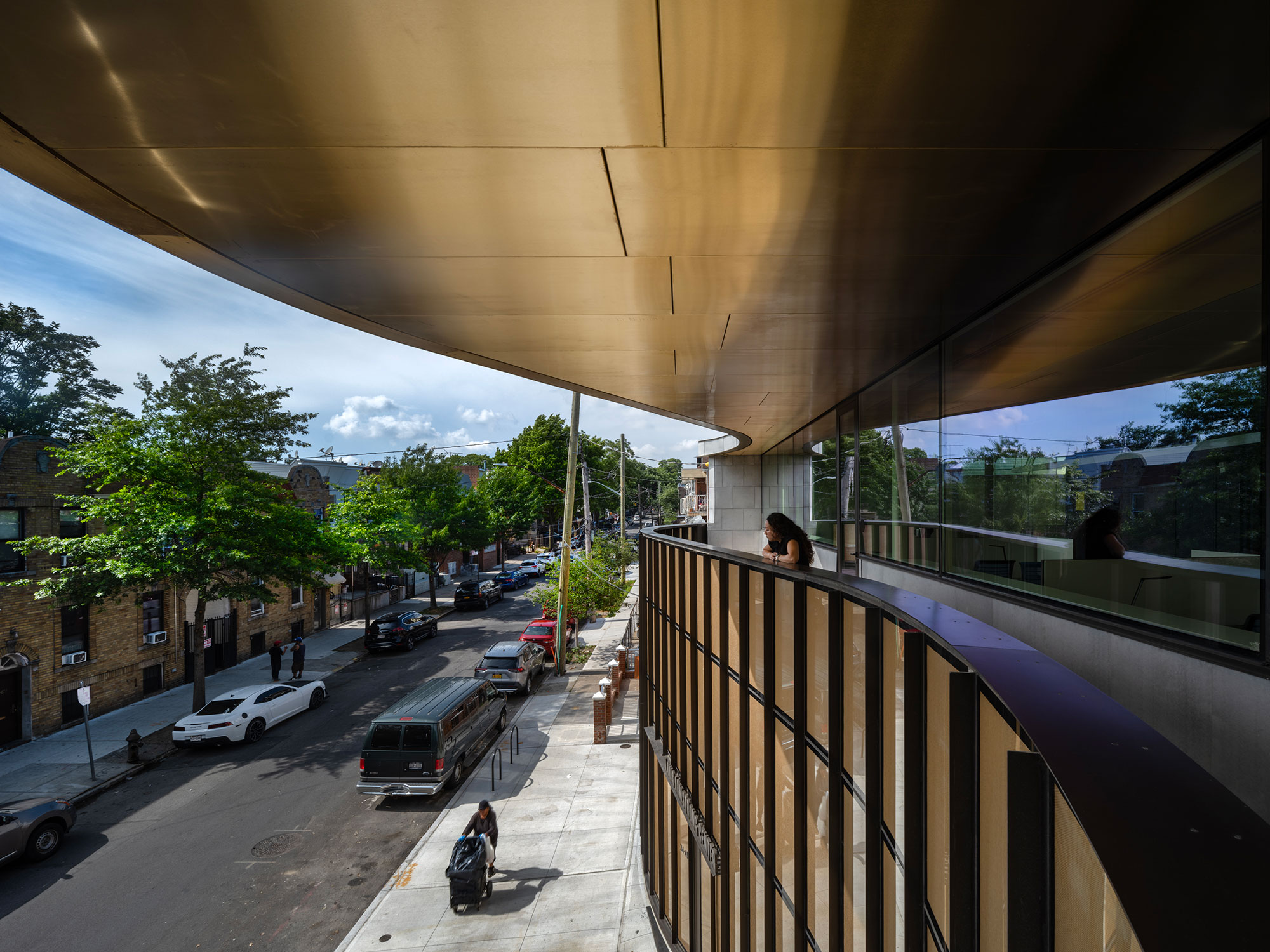We’re counting down to the Archtober Festival!
Start exploring October events here.
Shop
Take home a piece of the festival

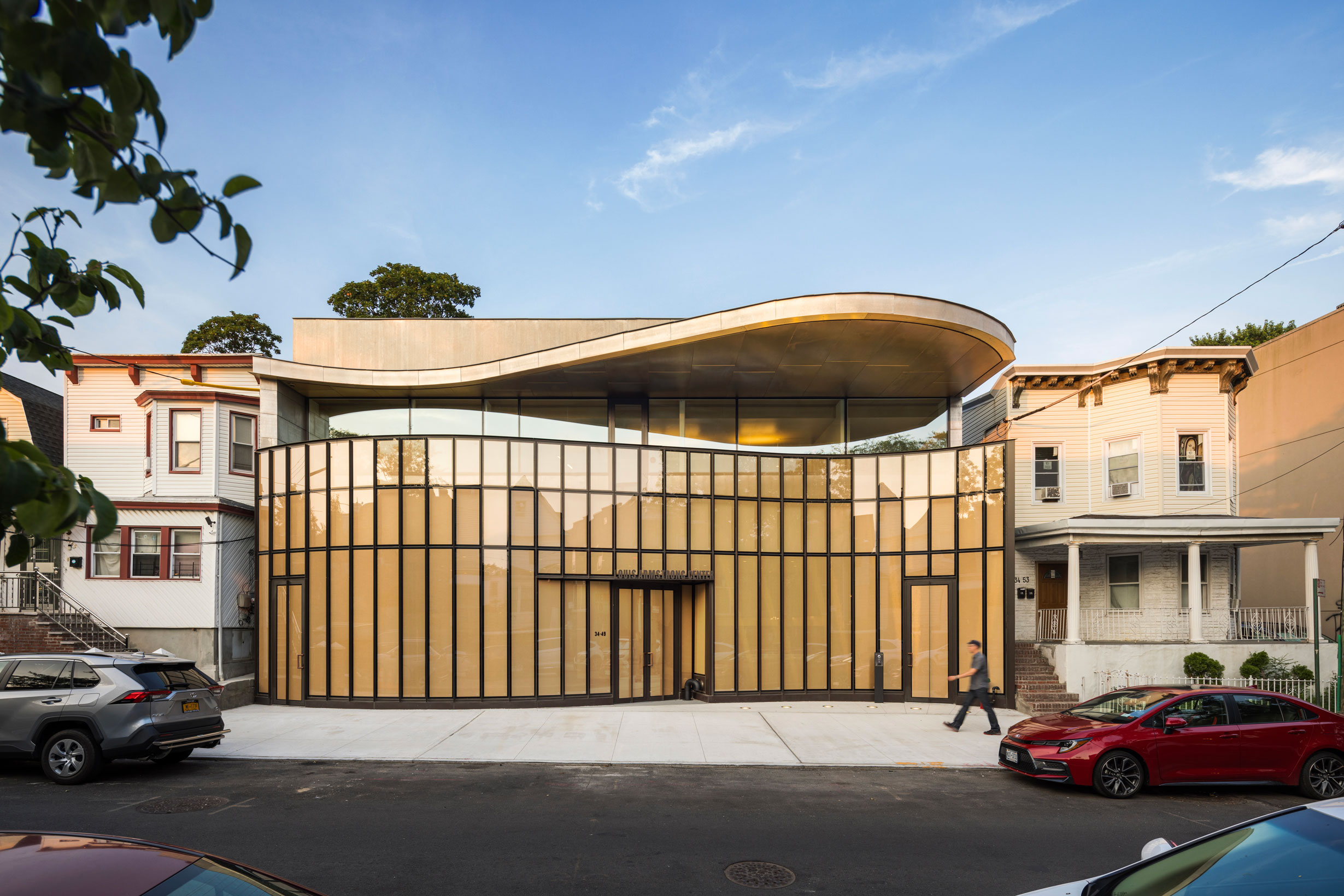
This series highlights a festival illustration (created by Greater Studio) and features a short Q&A about the organization or initiative featured.
In conjunction with the Archtober 2025 festival theme, Shared Spaces, we're celebrating the city’s public life with a closer look at the series of illustrations depicting various public spaces around NYC, from The Davis Center at the Harlem Meer and the Adams Street Library to the Louis Armstrong Center. This series highlights a festival illustration (created by Greater Studio) and features a short Q&A about the organization or initiative featured.
Designed by Caples Jefferson Architects, the Louis Armstrong Center is across the street from the existing Louis Armstrong House Museum in the Corona section of Queens. The two-story, 14,000-square-foot center celebrates the life and legacy of the legendary jazz trumpeter. The project houses the 60,000-piece Louis Armstrong Archive, consisting of recordings, manuscripts, and personal artifacts, along with a reading room for visiting researchers. The Louis Armstrong Center was also the site of an Archtober Building of the Day tour in 2023 and is featured in our Archtober Coloring Sheets, available to download and print for free. Hear more about the project from the design team in our Q&A below!
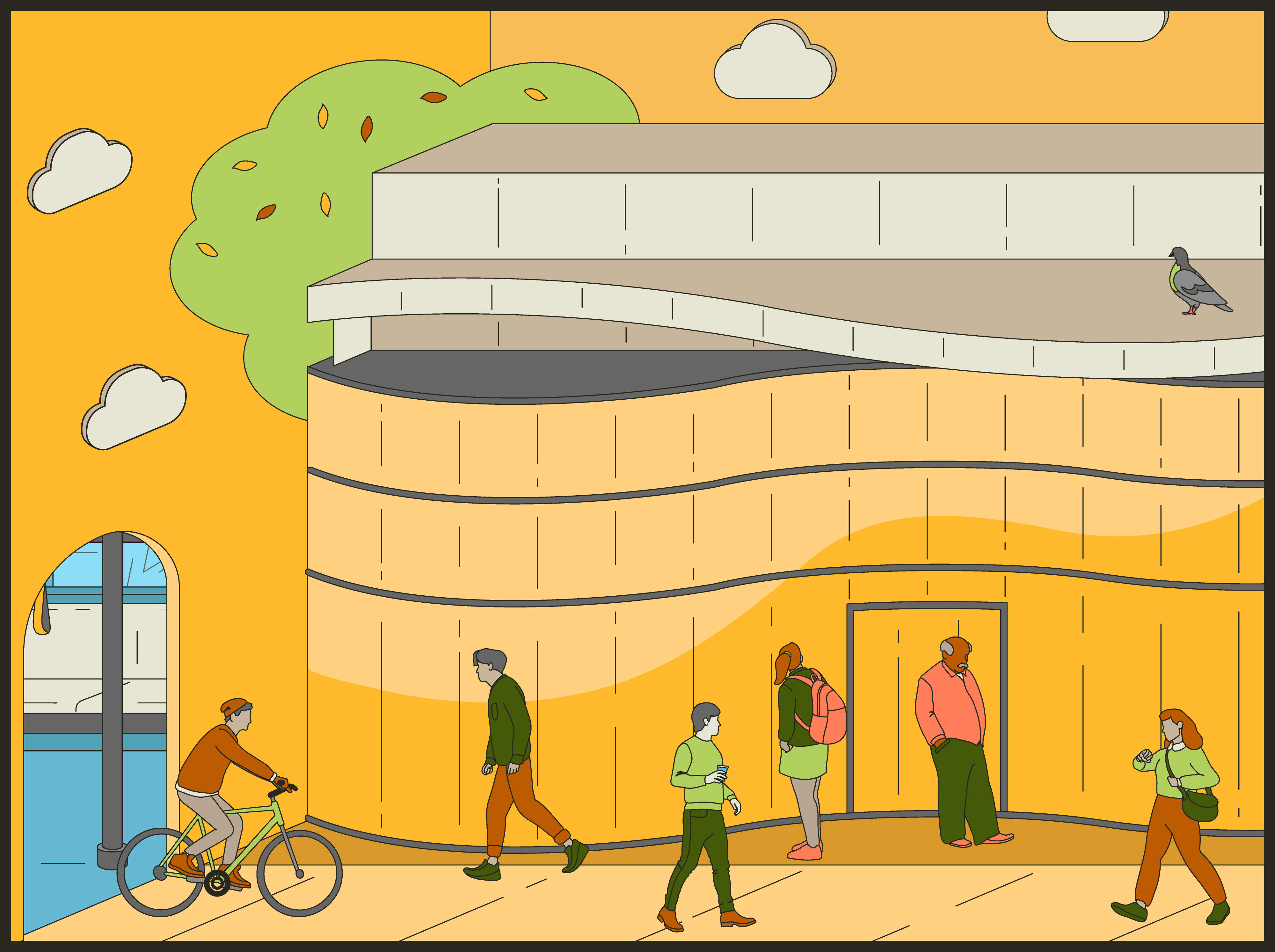
Q: Louis Armstrong’s legacy is so deeply tied to joy, creativity, and community. How did you translate the spirit of his music and personality into the architecture of the Louis Armstrong Center?
Louis and his wife Lucille were no shrinking violets. Their home is full of wonderful moments like the kitchen cabinets based on Lucille’s favorite Cadillac color and bathrooms with more mirrors and gilding than you might think possible. They were welcoming hosts to famous musicians and neighborhood kids alike. We wanted to convey some of that generous exuberance from the moment you see the building at an angle from down the street.

Q: What were your guiding design principles in creating a space that functions both as a performance venue and as a museum dedicated to Armstrong’s life and archives?
The museum came first; it was always the focus of the clients’ brief. When we saw that that brief also included a multi-purpose room, we asked why can’t that be a Jazz Club. Our wonderful clients agreed and took us on a tour of jazz rooms all over New York. The music is about continuing the living legacy of this great American artist.
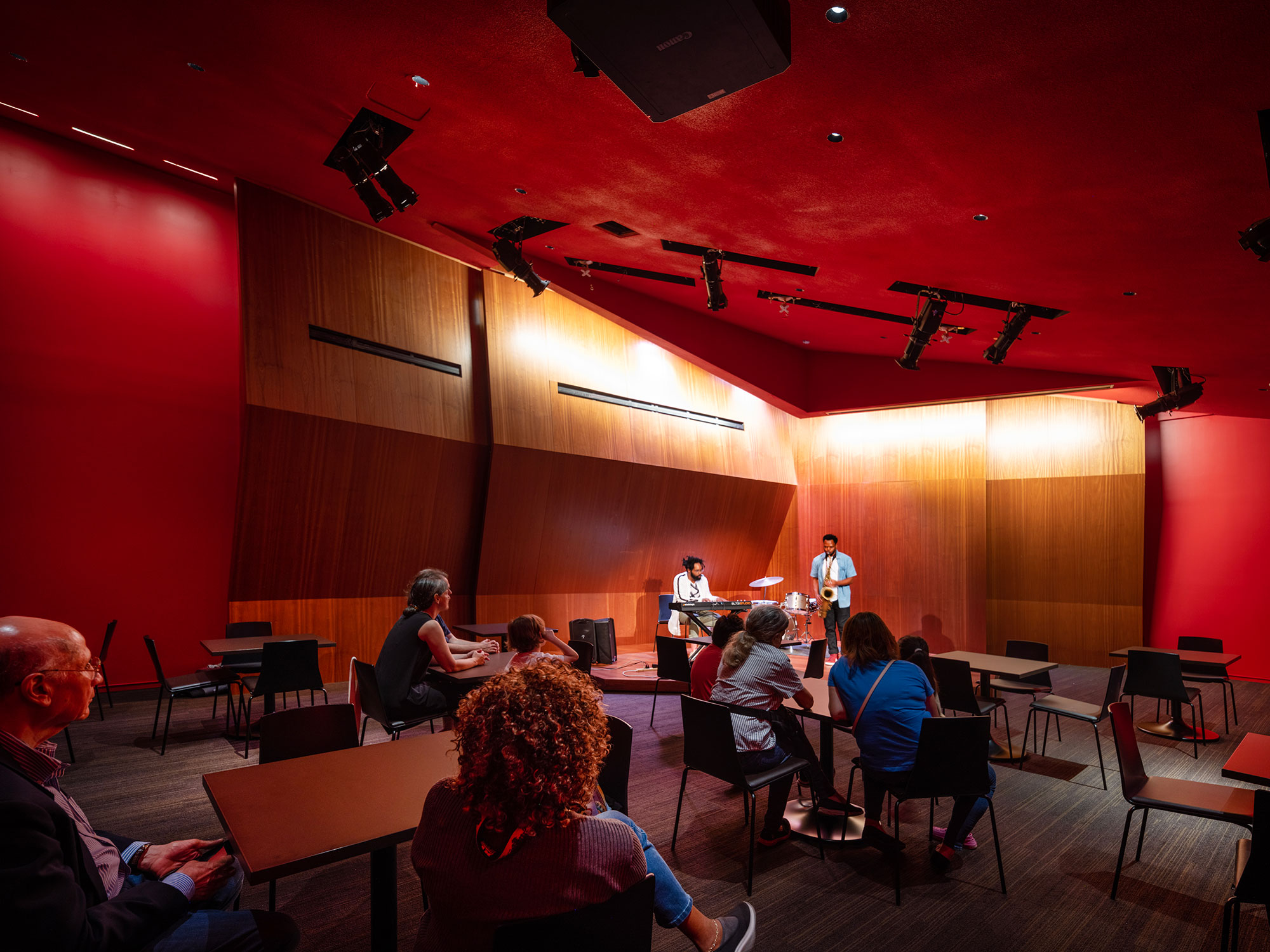
Q: The Center sits right across from Armstrong’s historic home in Corona, Queens. How did the local context and community shape your design decisions?
We tried to both fit in and to stand out. We fit the scale and the mass of the building in with the other neighborhood structures. We responded to overwhelming neighborhood requests that the building call out the exceptional genius in their midst with the curving golden glass façade and canopy.
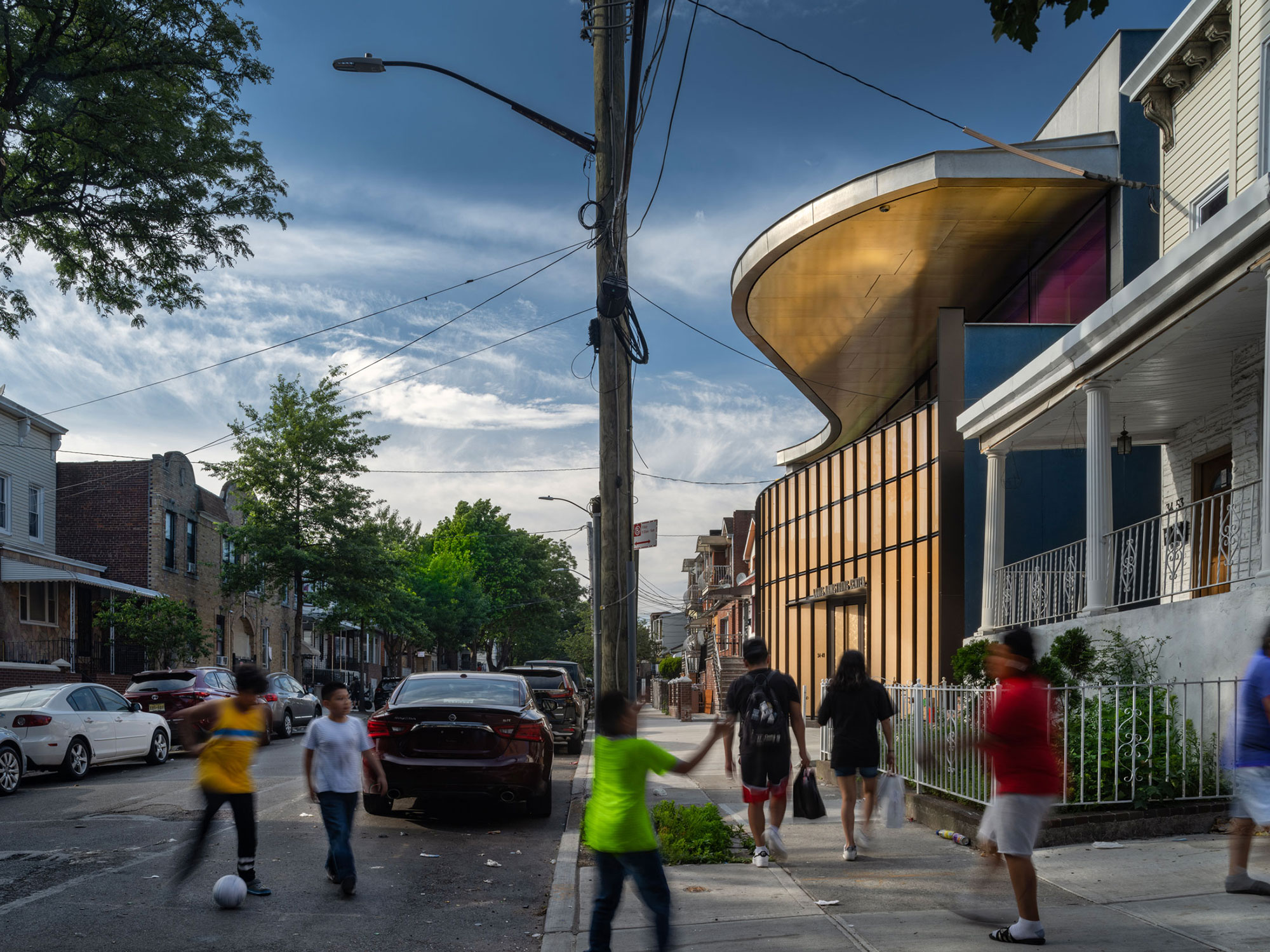
Q: Music is inherently about rhythm and resonance. Were there specific ways you explored light, materiality, or acoustics to create a sense of musicality in the building itself?
For the acoustics, especially the warm sound of the Jazz Room, we thank our colleagues at Arup. Finding ways to bring the architectural joys of daylight, rich material textures, and deep colors are a blessed part of our architects’ mission – as we worked on this project, we kept asking ourselves would Louis and Lucille like the building if they were able to visit.

Q: What do you hope visitors take away from their experience of the Louis Armstrong Center — not just about Armstrong himself, but about the role of architecture in celebrating cultural heritage?
It is really humbling to follow in the steps of someone as great as Louis. We hope that the building helps visitors feel some of the same kind of joy that you feel listening to his music.
